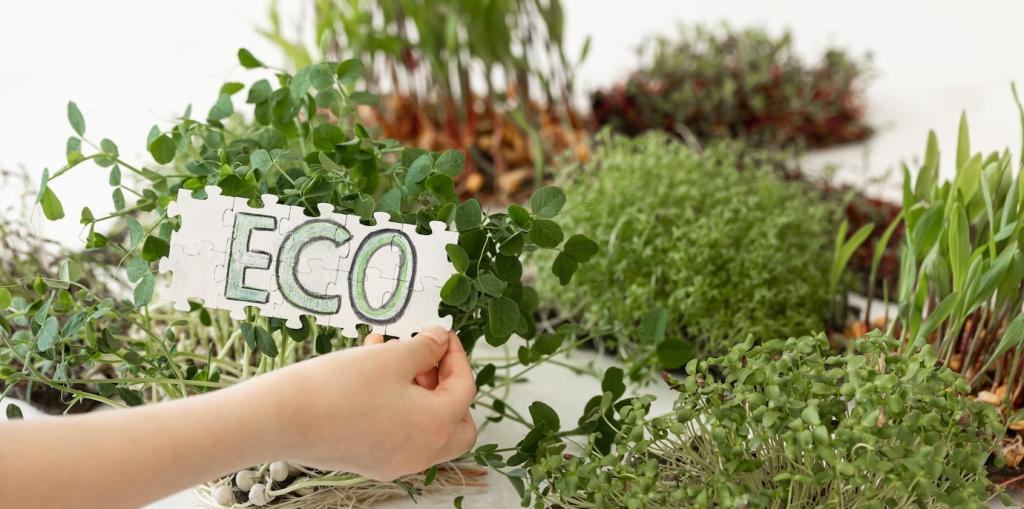Trends in Minimalist Architecture for Eco‑Friendly Living
Chosen theme: Trends in Minimalist Architecture for Eco-Friendly Living. Explore how clean lines, restrained palettes, and purposefully reduced footprints merge with renewable materials, passive strategies, and low-energy systems to create calm, resilient, planet‑positive homes. Subscribe for weekly eco‑minimal insights and join the conversation.

By eliminating unnecessary walls, finishes, and novelties, minimalist homes lower material use and construction waste while clarifying purpose. Fewer parts mean fewer failures over time, and the resources saved can be redirected into high‑performance envelopes, durable fixtures, and better daylight.
Why Minimalism and Sustainability Align Now
Materials That Matter in Eco‑Minimal Homes
Engineered wood like CLT provides structure, warmth, and carbon storage in one move. Exposed timber reduces finish layers, celebrates natural grain, and shortens construction timelines, all while giving interiors a biophilic calm that suits minimalist forms beautifully.
Materials That Matter in Eco‑Minimal Homes
Reclaimed brick, recycled steel, and lime‑based plasters bring texture without excess. These choices extend material life, cut landfill load, and often tell stories—a warehouse beam reborn as a stair, or salvaged doors transformed into serene, sculptural wall planes.


Passive Design: Comfort Without Clutter
Light, Orientation, and Shade
Align living spaces to the sun, then right‑size glazing and add overhangs or fins to temper seasonal heat. Continuous insulation, airtight layers, and thermal mass stabilize temperature swings, creating a restful interior that needs minimal mechanical correction.


Ventilation You Can Feel, Not See
Cross‑breezes, stack effects, and discreet operable clerestories move air naturally. Where climate demands assistance, balanced heat‑recovery ventilation supplies fresh air quietly, preserving the minimalist aesthetic by hiding equipment and diffusers within slender slots and clean ceiling planes.
Small Footprint Living, Large Quality of Life
Sliding partitions, pocket doors, and modular millwork let rooms shift from work to rest without duplicate spaces. A compact studio transforms into a guest suite within minutes, proving that adaptability, not size, unlocks comfort and long‑term sustainability.


This is the heading
Lorem ipsum dolor sit amet, consectetur adipiscing elit. Ut elit tellus, luctus nec ullamcorper mattis, pulvinar dapibus leo.

This is the heading
Lorem ipsum dolor sit amet, consectetur adipiscing elit. Ut elit tellus, luctus nec ullamcorper mattis, pulvinar dapibus leo.
Start with the Site
Walk the sun path, listen for wind, and map shade before drawing walls. Let the site’s gifts—light, views, breezes—replace mechanical complexity, guiding a home that feels inevitable and gentler on resources from day one.
Edit Ruthlessly, Build Thoughtfully
Remove one element from every room, then invest those savings in performance and craft. A thinner palette, well detailed, outlives trends, reduces maintenance, and nurtures daily rituals of cooking, reading, and resting without sensory overload.
Join Us: Share Your Eco‑Minimal Goals
What single change would make your space simpler and greener this month—switching to LED, rethinking storage, or planting shade trees? Comment your goal, subscribe for practical checklists, and return next week for real‑world reader updates.
